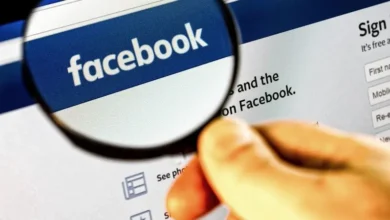Mental illness costs around $282 billion each year in America

America’s mental health woes essentially serve as an annual economic downturn for the nation, a new study says.
Mental illness costs the U.S. economy $282 billion every year, equivalent to the average economic recession, researchers report.
That estimate amounts to about 1.7% of American annual spending, and is about 30% larger than previous attempts to approximate the overall cost of mental illness in the United States, researchers said.
“We show that mental illness alters people’s consumption, savings, portfolio choices, as well as the country’s labor supply, generating enormous annual costs to our economy,” said researcher Aleh Tsyvinski, a professor of economics with Yale University.
About one in five adults live with mental illness, and nearly 6% have serious mental disorders, according to the U.S. Substance Abuse and Mental Health Services Administration.
Earlier attempts to calculate the economic impact of mental illness have focused on lost income and treatment costs, researchers said.
This new study took a more nuanced approach, focusing on a host of additional economic drags associated with mental illness.
For example, people with mental illness spend less money and are less likely to invest in assets like houses or stocks, Tsyvinski said. Their disorder also might lead them to choose a less demanding job.
In this model, mental illness is a state of negative thinking involving uncontrollable and repetitive downbeat notions that plague the mind.
People experiencing mental illness are pessimistic about their prospects, whether it comes to career or investments. They also lose time while ruminating.
As a result, they work, consume and invest less, and also shrug off treatment. All this serves to reinforce their mental illness, researchers said.
Researchers analyzed the potential effects of policies that would improve treatment of mental illness.
For example, expanding the availability of mental health services would reduce U.S. mental illness costs by more than 3%, and thus add more than 1% to the nation’s economy in terms of spending, researchers estimate.
Further, providing treatment to everyone ages 16 to 25 with mental illness would reap societal benefits equal to 1.7% of annual U.S. spending, results show.
At the same time, researchers found that lowering out-of-pocket costs for mental health services does not substantially reduce the number of people with mental disorders, and thus provides only minor economic gains.
That’s because the cost of mental health services is relatively low, so reducing costs does not increase the number of people seeking treatment or significantly reduce cases of mental illness.
“Economics and psychiatry have developed over 50 years, but they don’t speak to each other very much,” Tsyvinkisi said in a Yale news release. “Here, we’ve put them in conversation in a way that enlightens both and provides us a stronger sense of the societal costs of mental illness as well as what can be gained through policies that seek to expand and improve mental healthcare.”
The study was prepared as a working paper of the National Bureau of Economic Research.










